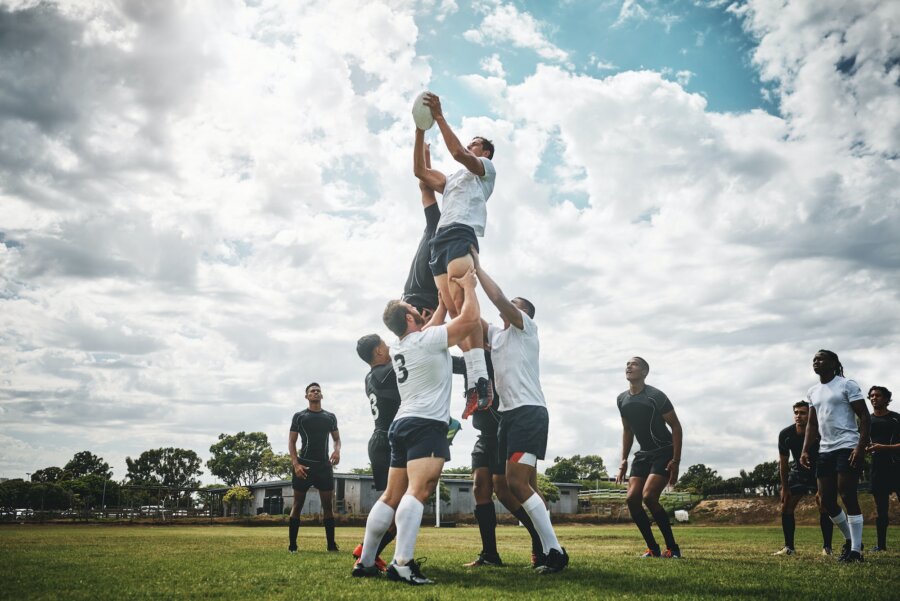Super Rugby has been a staple of New Zealand rugby since its inception in 1996. Initially known as the Super 12, the competition featured teams from Australia, New Zealand, and South Africa.
In 2011, the competition expanded to include teams from Argentina and Japan and was renamed Super Rugby. Today, the competition features 15 teams from five countries, with New Zealand being represented by the Blues, Chiefs, Crusaders, Highlanders, and Hurricanes.
When the South African Rugby Union decided to leave the Southern Hemisphere Rugby Union to join the Northern Hemisphere, New Zealand and Australia held domestic Super Rugby tournaments and also announced a Trans-Tasman tournament.
Then, in 2022, Super Rugby Pacific was formed. Rugby Australia and New Zealand Rugby made an official agreement on a new format for Super Rugby comprising of five Australian teams, five teams from New Zealand, and two new additions: Fijian Drua from Fiji and Moana Pasifika from the Pacific Islands.
2023 marks the 28th season of Super Rugby, which is the annual rugby union tournament hosted and organised by SANZAAR. The regular season begins in February 2023, with 14 games, comprising 7 home games and 7 away games. Throughout the season, each team will earn points based on the outcome of their fixtures and will be ranked in the league accordingly. Based on those rankings, the top eight teams qualify for the play-offs, which consist of a quarter-final, semi-final and final. The Super Rugby final will be held in June 2023. The Super Rugby competition will end in time for the international rugby season to begin. The Crusaders won the 2022 Super Rugby Pacific final, which made them 11-time champions of the competition.


